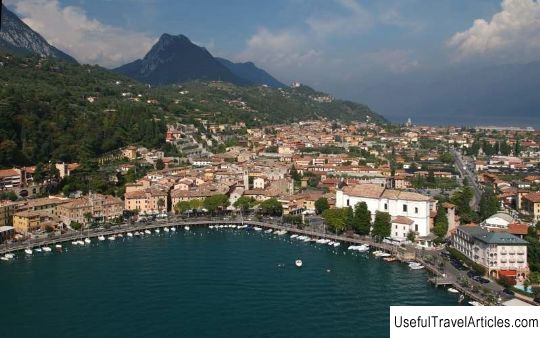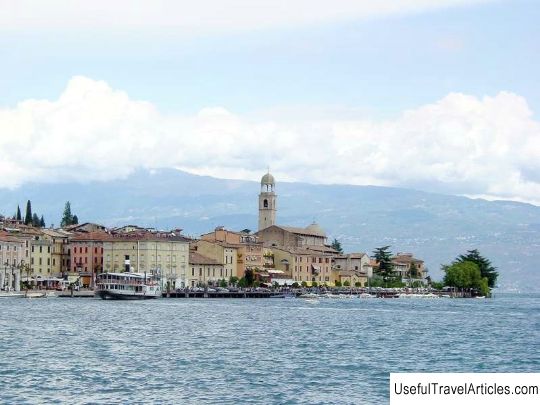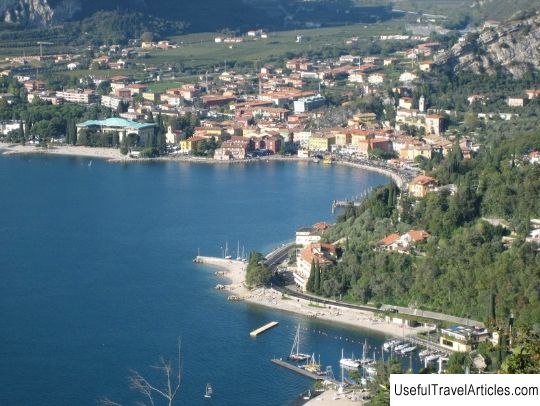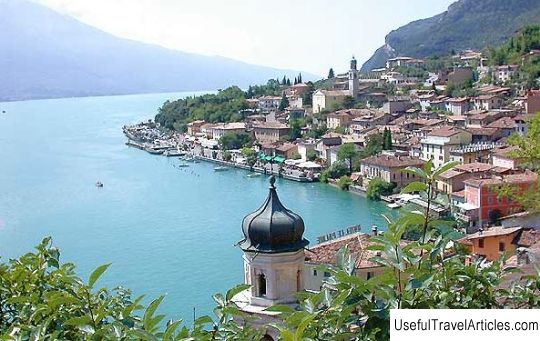Gargnano description and photos - Italy: Lake Garda
Rating: 7,9/10 (1888 votes) 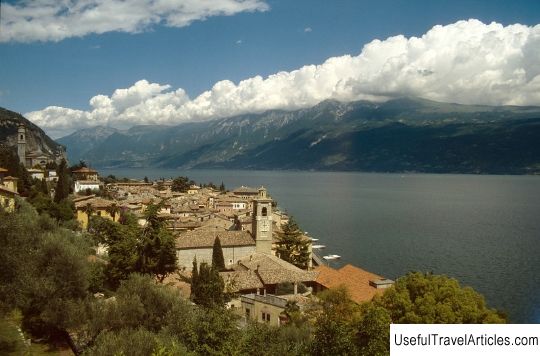
Gargnano description and photos - Italy: Lake Garda. Detailed information about the attraction. Description, photographs and a map showing the nearest significant objects. The name in English is Gargnano. Photo and descriptionGargnano is one of the largest settlements in the province of Brescia with a population of 3300 people. It is located on the shores of Lake Garda and still retains the atmosphere of a small fishing village. Part of Gargnano is part of the Alto Garda Bresciano Natural Park. There is strong evidence that Gargnano existed in the era of ancient Rome. In the 10th century, after being invaded by the barbarians, the city came under the control of Verona. Then, in the 15th century, it was captured by the Venetian Republic, which included Gargnano until the end of the 18th century. After the Trentino Alto Adige region was captured by the army of the Third Reich during the Second World War, Mussolini decided to settle in Gargnano at Villa Feltrinelli. And here, between Gargnano and Salo, he decided to create the so-called Italian Socialist Republic - these places were easy to control, and nearby was the town of Limone, which was part of the German Empire. After the death of Mussolini in 1945, all territories occupied by Italian and German troops were recaptured. Today, the economy of Gargnano, which occupies hilly and in some places mountainous areas, is based on the cultivation of olives and citrus fruits. Fishing and tourism are well developed in the coastal areas. One of the city's most impressive landmarks is the 18th century Parish Church of San Martino with its elliptical central nave. On the way from the church to the historic center of Gargnano, you can admire the wonderful Palazzo Feltrinelli, built in 1898 in the Renaissance style. A reminder of the Austrian raids in the mid-19th century are the cannonballs on the walls of some buildings near the harbor. The former Palazzo Comunale, or Town Hall, built in 1582, is also located near the harbor. The Church of San Francesco, built at the end of the 13th century and now under the jurisdiction of the Franciscan order, is worth a visit. And 2 km from Gargnano is the 11th century church of San Giacomo di Calino. The same Villa Feltrinelli, which housed Mussolini's residence during the Second World War, is located in the San Faustino area. And in the Bogliacco area you can see Villa Bettoni, designed in the 18th century, and the Church of San Pietro from the 15th century. The Church of the Holy Crucifixion, lost among picturesque olive groves, is also noteworthy.       We also recommend reading Ainsa description and photos - Spain: Aragonese Pyrenees Topic: Gargnano description and photos - Italy: Lake Garda. |
